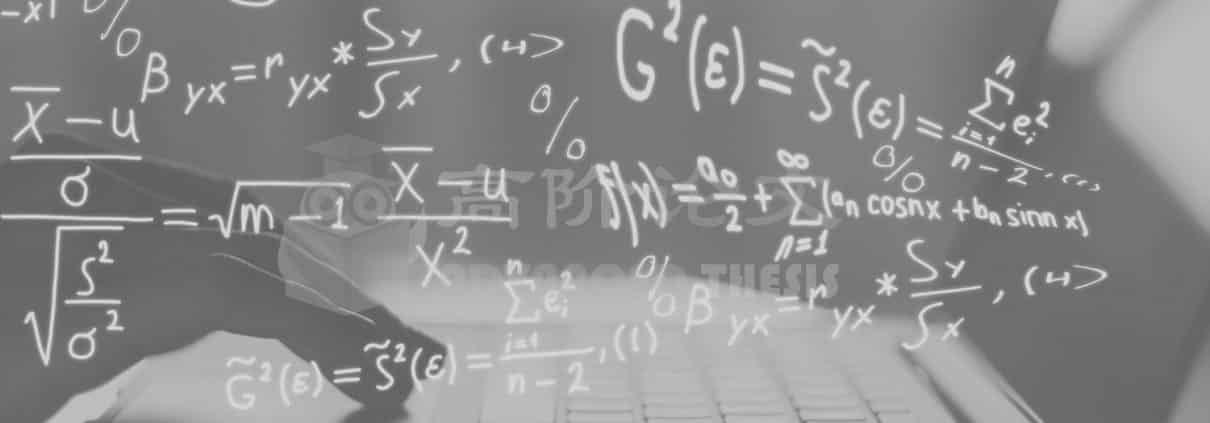essay代写:安全风险控制
essay代写:安全风险控制
与此同时,似乎有许多安全定义都要求进行风险控制。大多数研究人员似乎认为风险是频率和严重程度的结合。从理想的角度来看,安全性可以从低风险水平得到。一个实际的安全结果可能是高频率和极低风险损害的结果,然而,低频率和极高的损害可能导致严重的灾难。美国航空公司232航班、美国航空公司191航班和法国航空公司4590航班上发生的事故表明,即使是不太可能发生的事件也可能导致严重的灾难。下表阐明了相关的风险水平。航空安全是在飞行期间保证机组人员和乘客安全的典范。在大多数航空公司,都有为客户和员工提供安全体验的指导和手册。这在《飞行操作手册》、《安全检查表》、《应急程序》、《安全政策》等中都有阐述。成功的飞行结果是航空工业工作者工作的结果。他们的专业知识有助于保护人们免受伤害。
essay代写:安全风险控制
这些航空行业的雇员包括飞行员、航空投标、维修、空中交通管制员等等。因此,要在航空业中实现安全运行,需要系统中所有相关利益相关者的协调努力。Kelly(2013)指出,航空安全经历了四个不同的时期。这四个阶段分别是技术发展期、人为错误识别期、社会技术期和个人组织文化期。这些时期的关键识别是防止任何不必要的航空问题的根本原因。技术阶段是指航空安全时期,机械系统故障是主要事故原因(Kelly, 2013)。反映这一时期的许多事故。一个突出的例子是德哈维兰彗星事故。在过去的几十年里,工程技术的进步减少了机械系统故障的出现。这表明,管理层为防止任何机械故障已经做了许多努力。在这段时间之后,机械故障减少到最低程度。已经确定的下一个根本原因是人为错误(von Thaden & Gibbons, 2008)。这是人类错误阶段的到来。
essay代写:安全风险控制
At the same time, there are many safety definitions that seem to have mandates for risk control. Most researchers seem to believe that risk is a combination between frequency and severity.From an ideal perspective, the safety can be obtained from low risk level. A practical safe outcome could be a result of height frequency and extreme low risk damage, however, a low frequency and extreme high damage could cause heavy catastrophe. Accidents that have occurred in United Airlines Flight 232, American Airlines Flight 191, and Air France Flight 4590, indicate that even an unlikely event could lead to sever catastrophe. The table below elucidated the levels of risk associated. Aviation safety is a paradigm of keeping the crew members and the passengers’ safe during the flight duration. In most air carriers, there are instructions and manuals to provide a safe experience for both customers and employees. This is elucidated in Flight Operation Manual (FOM), safety checklist, emergency procedures, safety policies etc. A successful flight outcome is the resultant of the work of aviation industry workers. Their expertise and knowledge help protect people from harm.
essay代写:安全风险控制
These aviation industry employees include pilots, air tenders, maintenance, Air Traffic Controllers to name a few. Thus, achieving a safe operation in the aviation industry require well-coordinated efforts of all the stakeholders involved in the system. Kelly (2013) stated that aviation safety has evolved through four distinct periods. The four phases are technical development period, human error identification, socio-technical period and individual organizational culture period. The key identification of these periods is the root cause to prevent any unwanted aviation issues.The technical period refers to a period of aviation safety when the failures of mechanical systems are major incident causes (Kelly, 2013). There are many accidents reflecting this period. A prominent example is the de Havilland Comet accident. In the past decades, the improvements of engineering and technology have reduced the appearance of mechanical system failures. This indicates that there have been numerous efforts taken by the management to prevent any mechanical errors. After this period, the mechanic errors have been reduced to a bare minimum. The next root cause that has been identified the issue of human errors (von Thaden & Gibbons, 2008). This is the advent of the human error phase.








